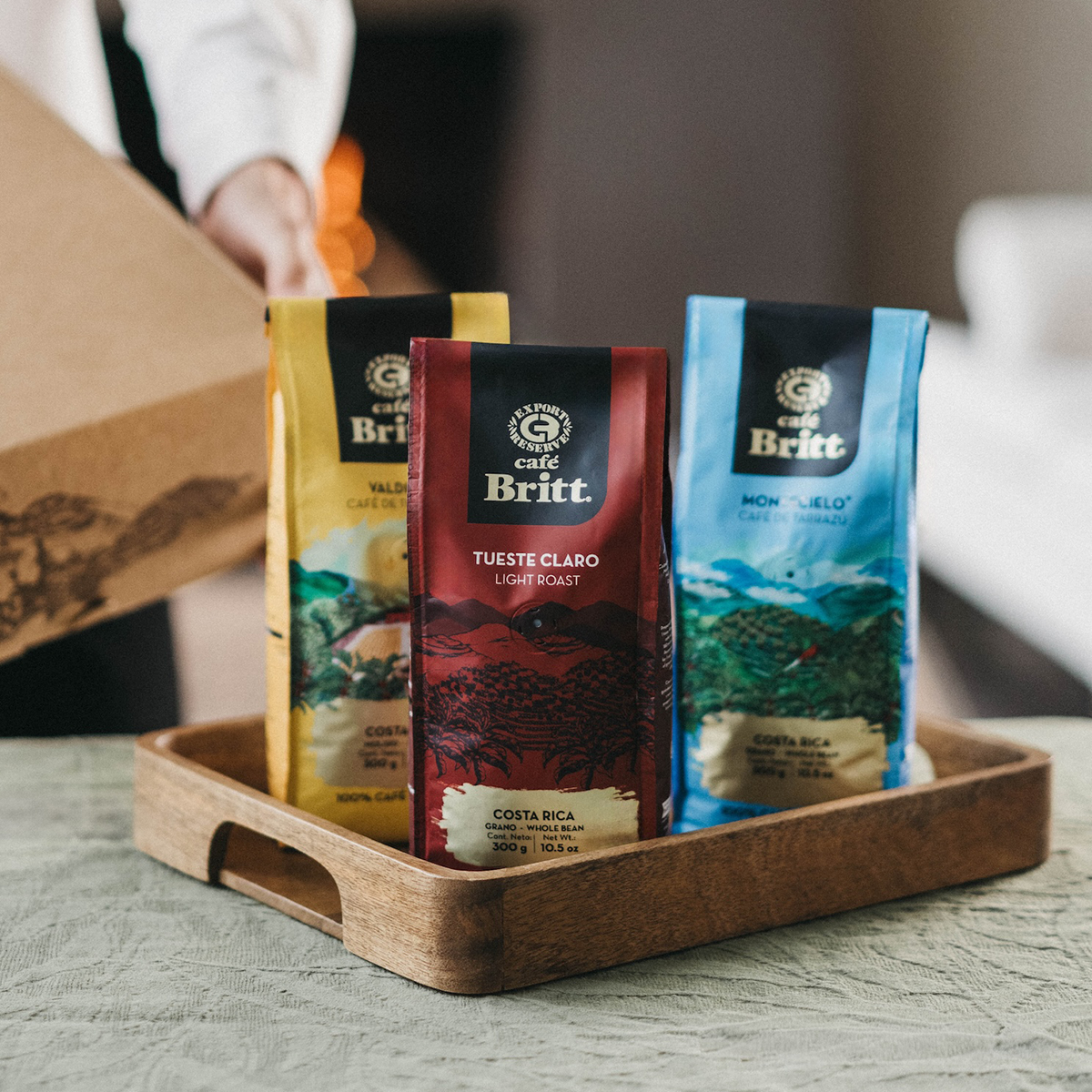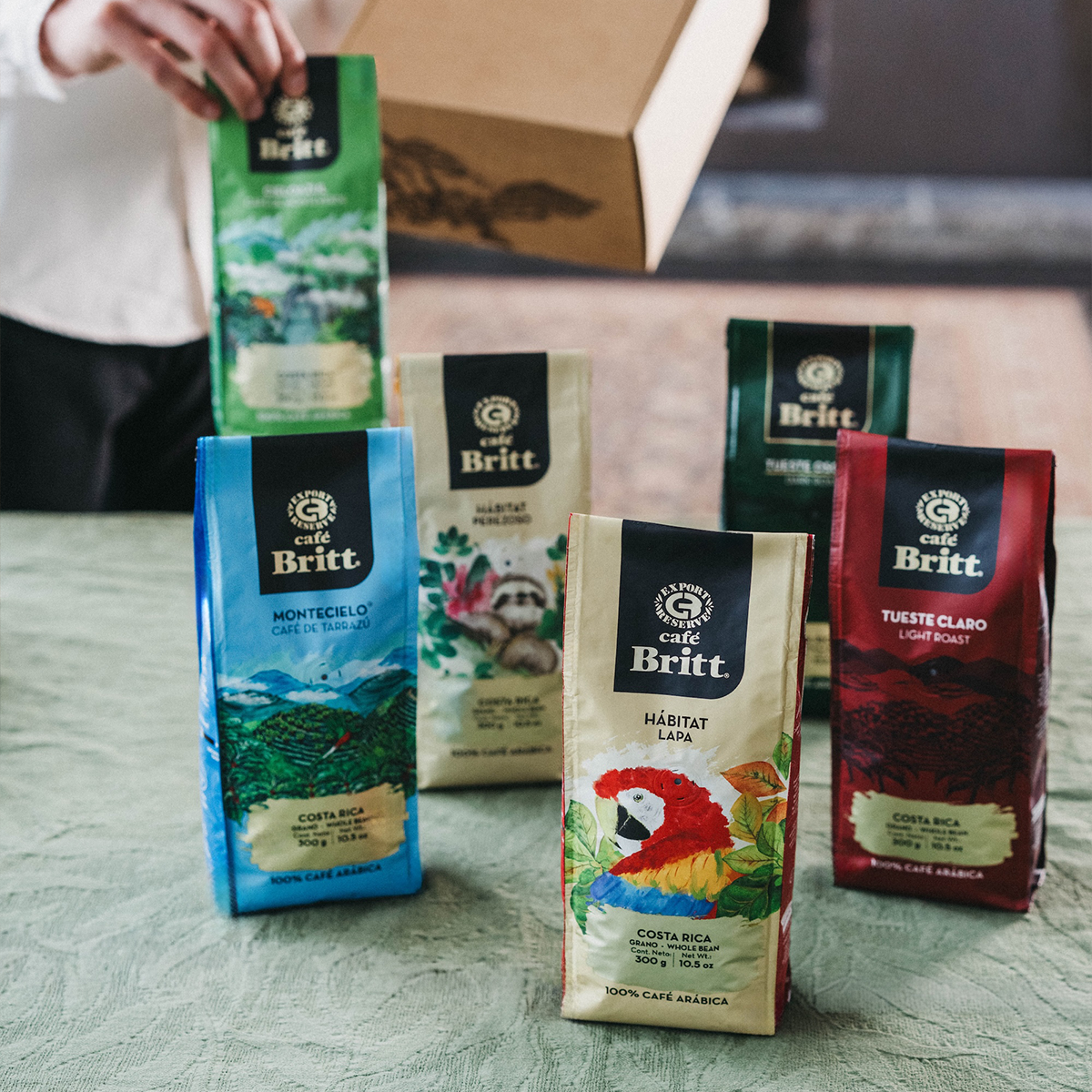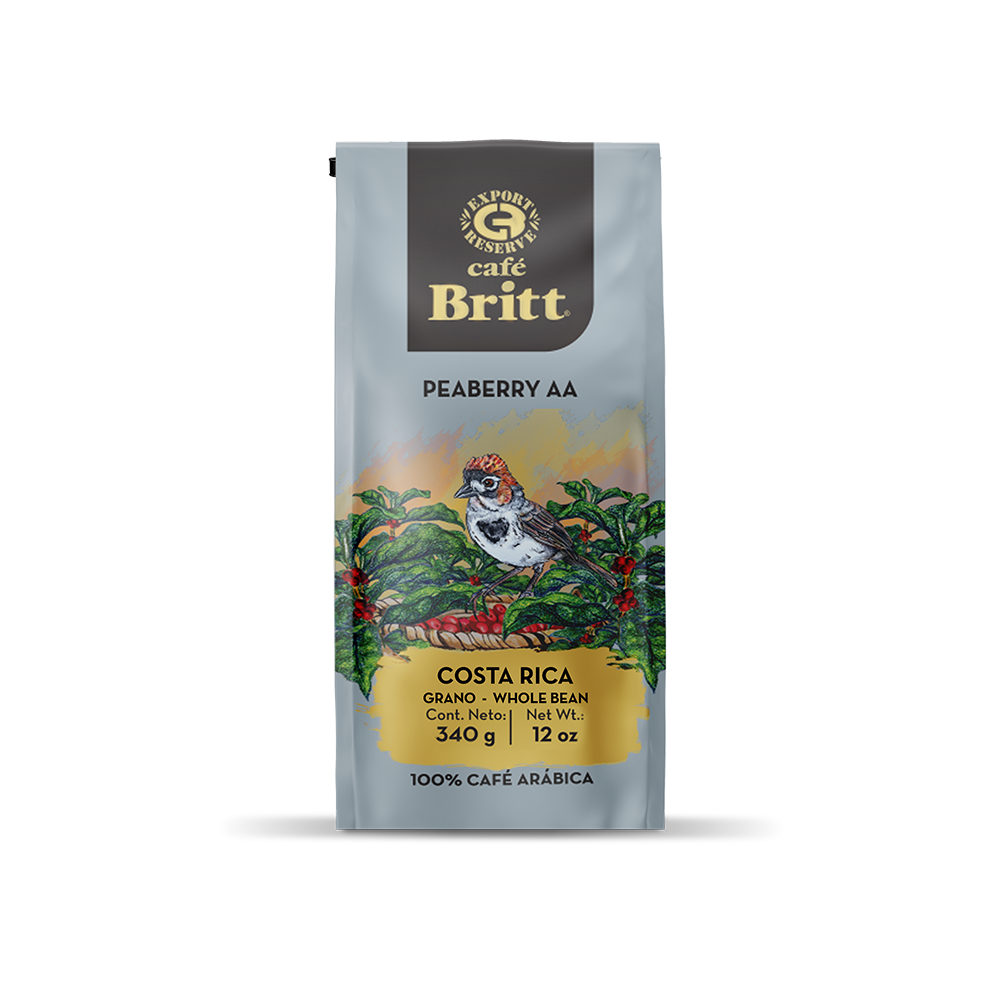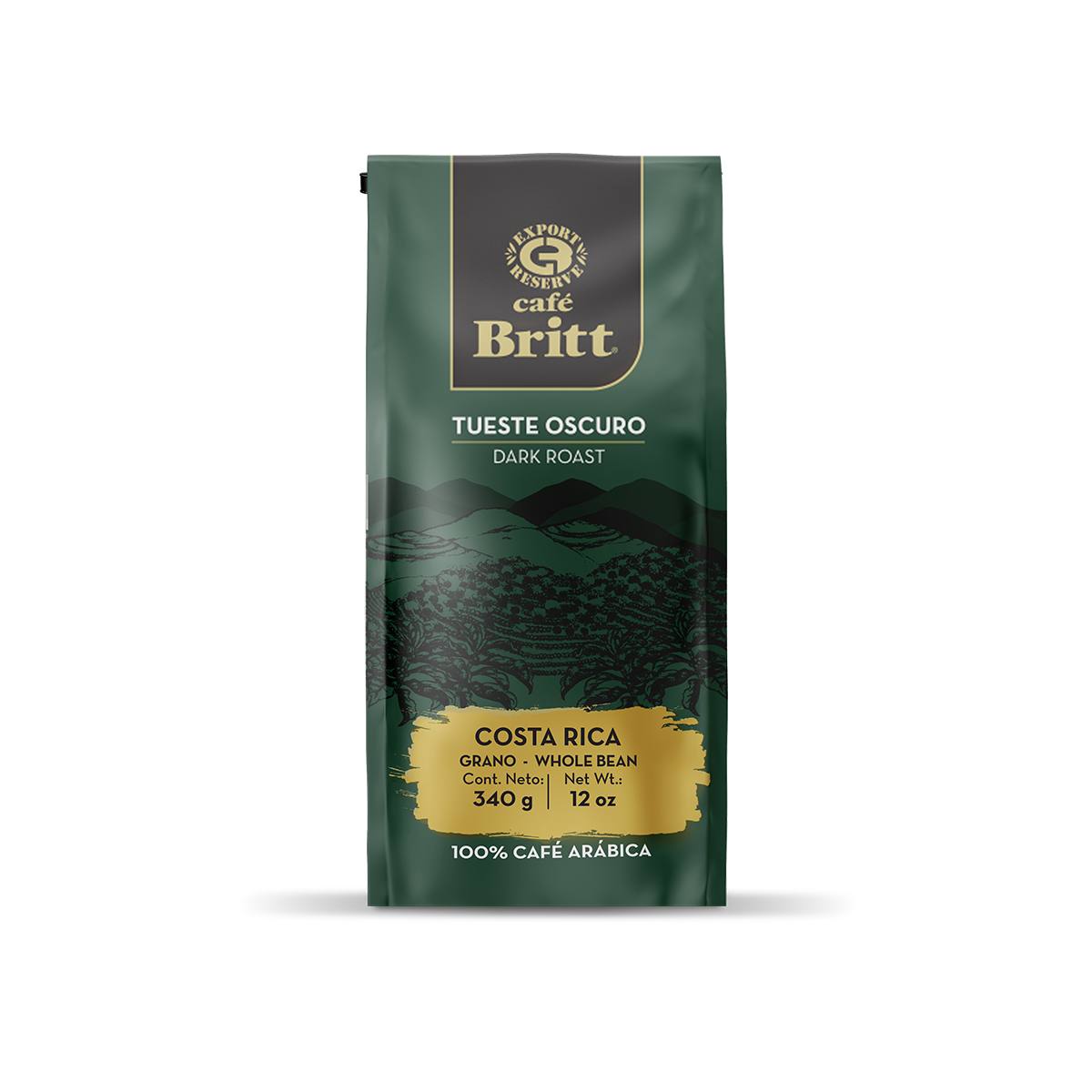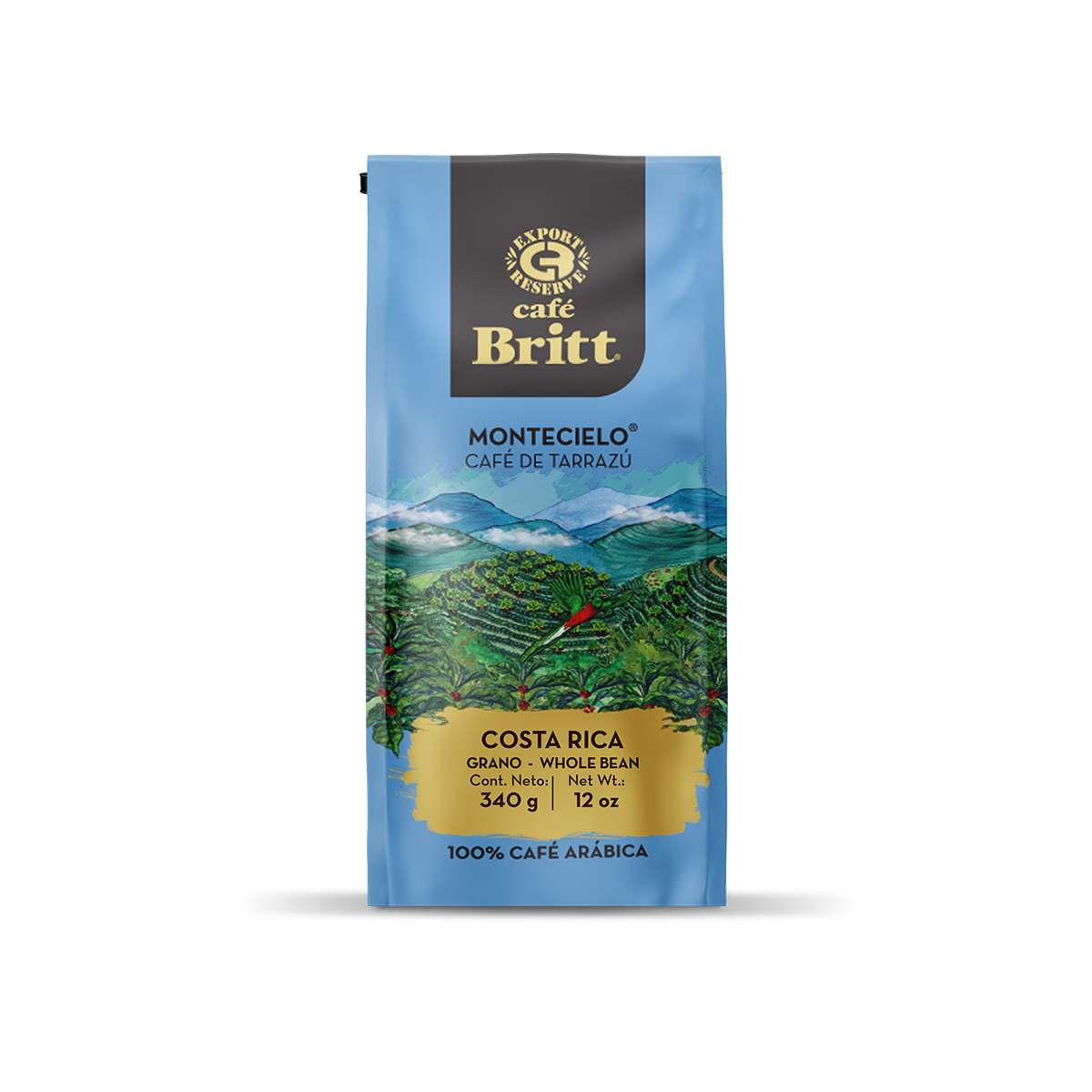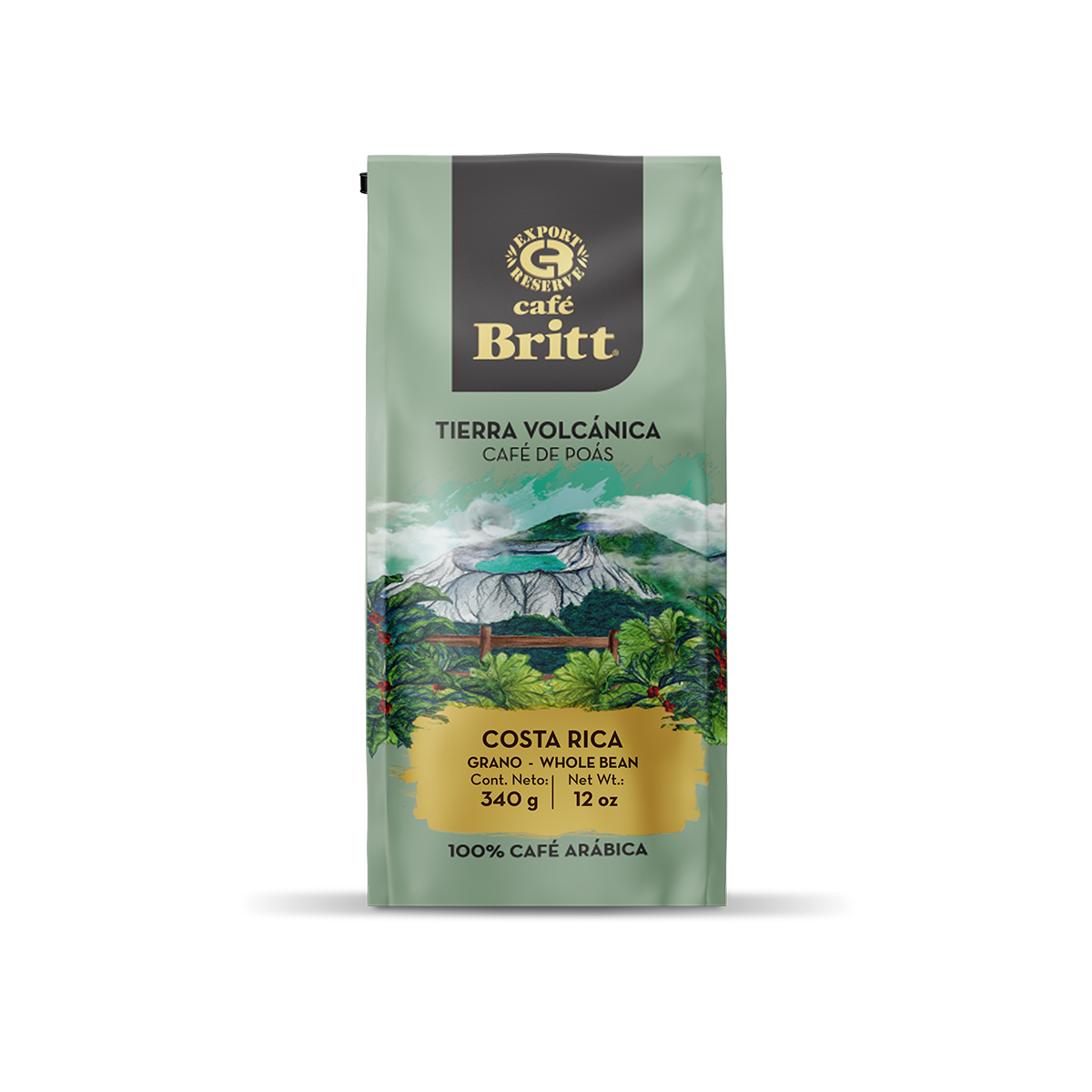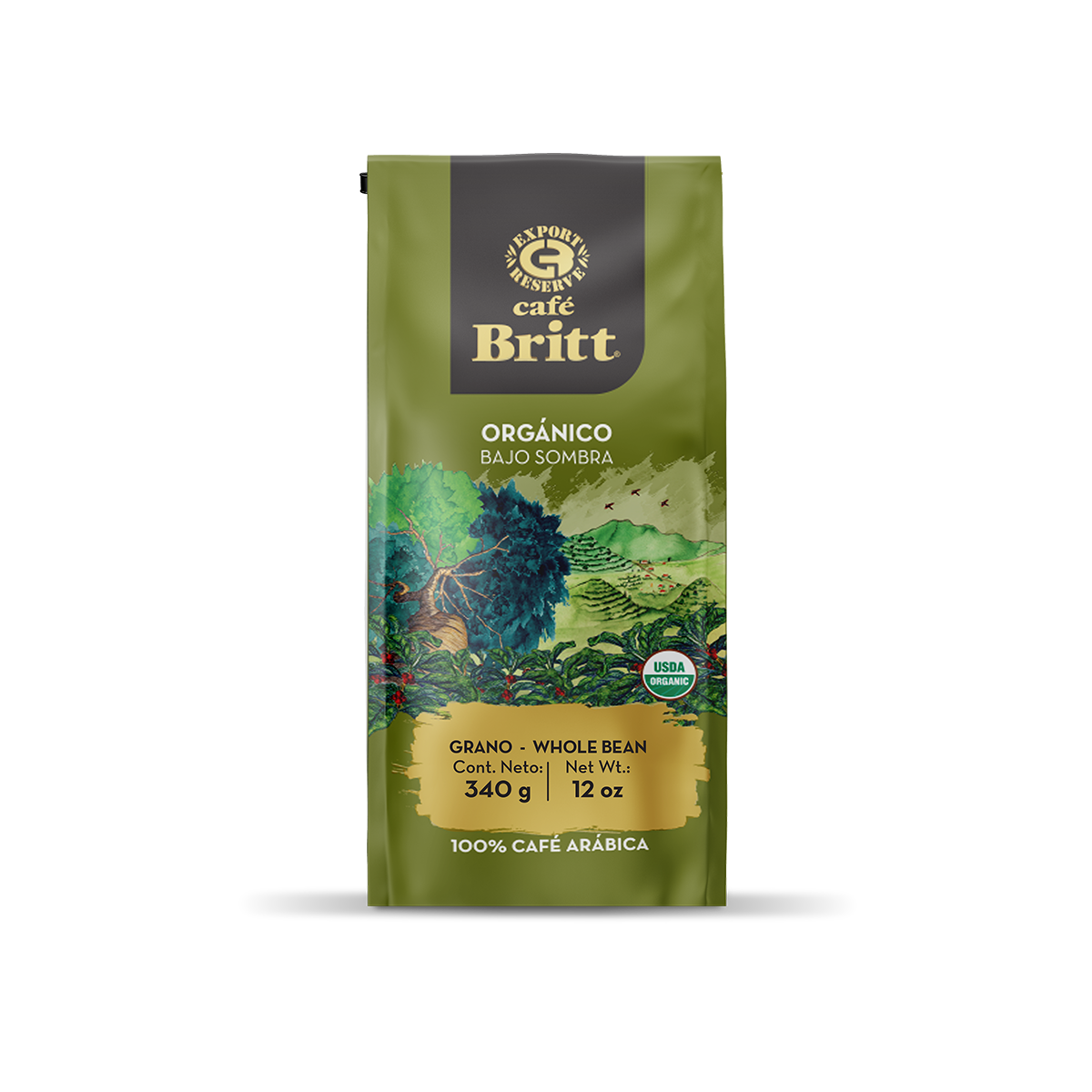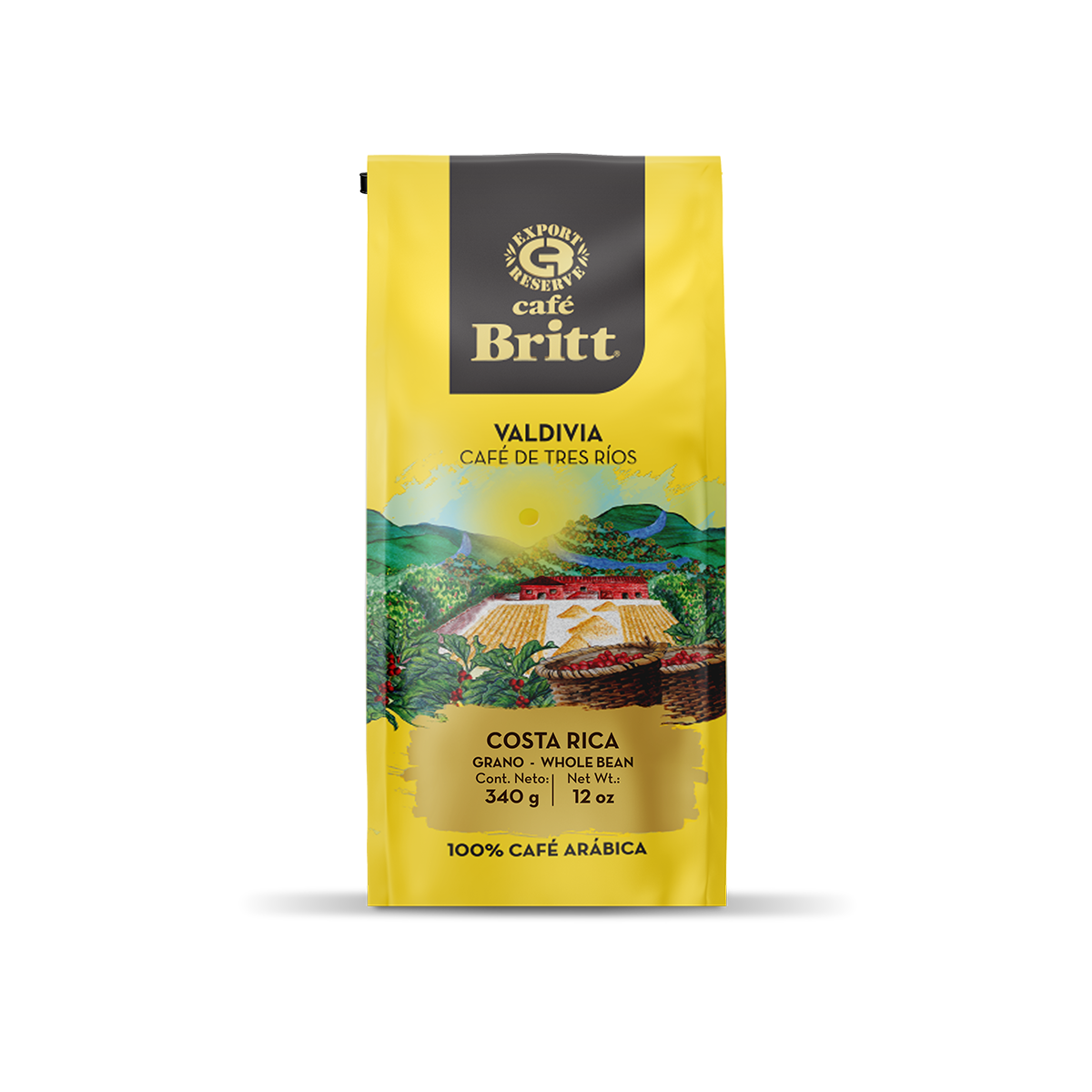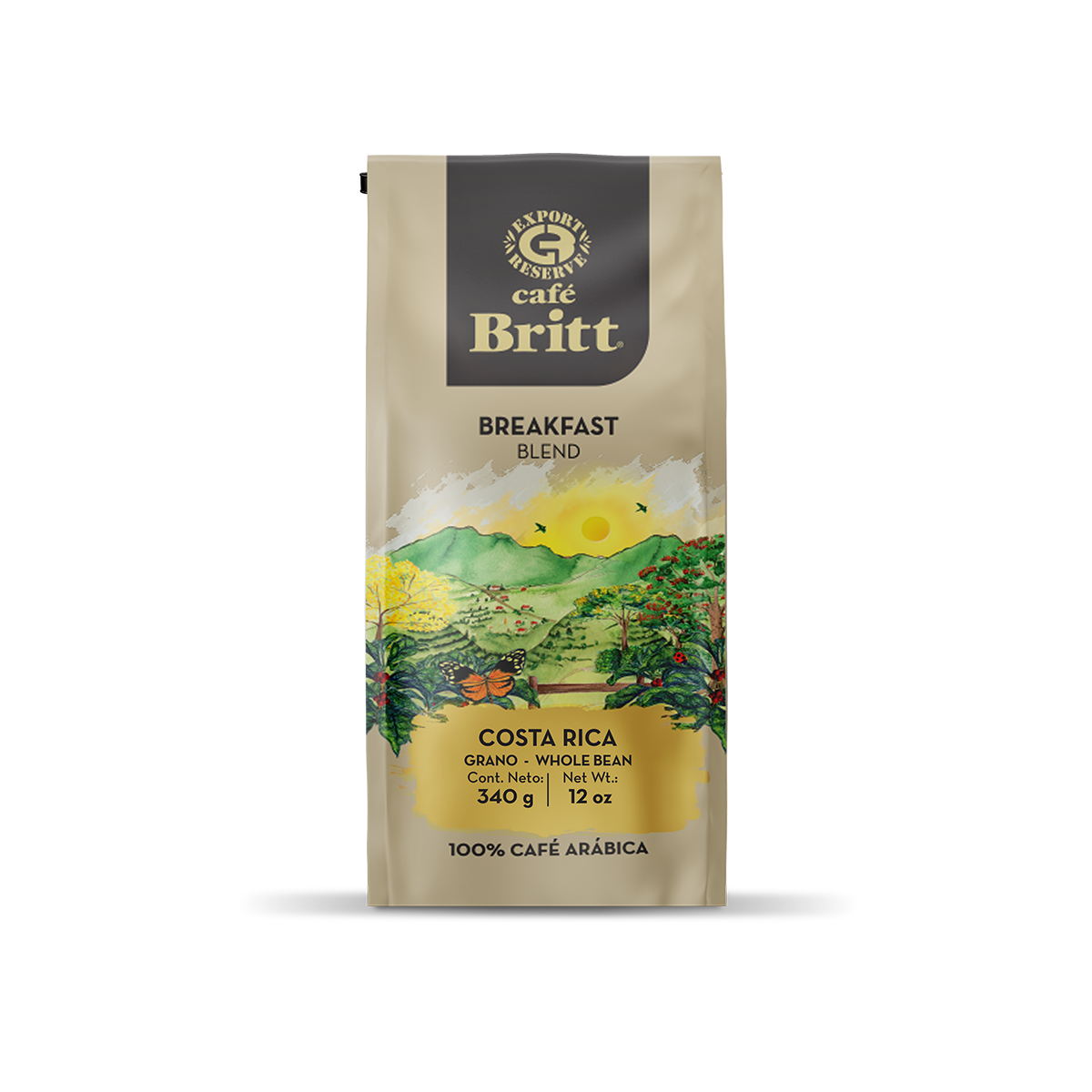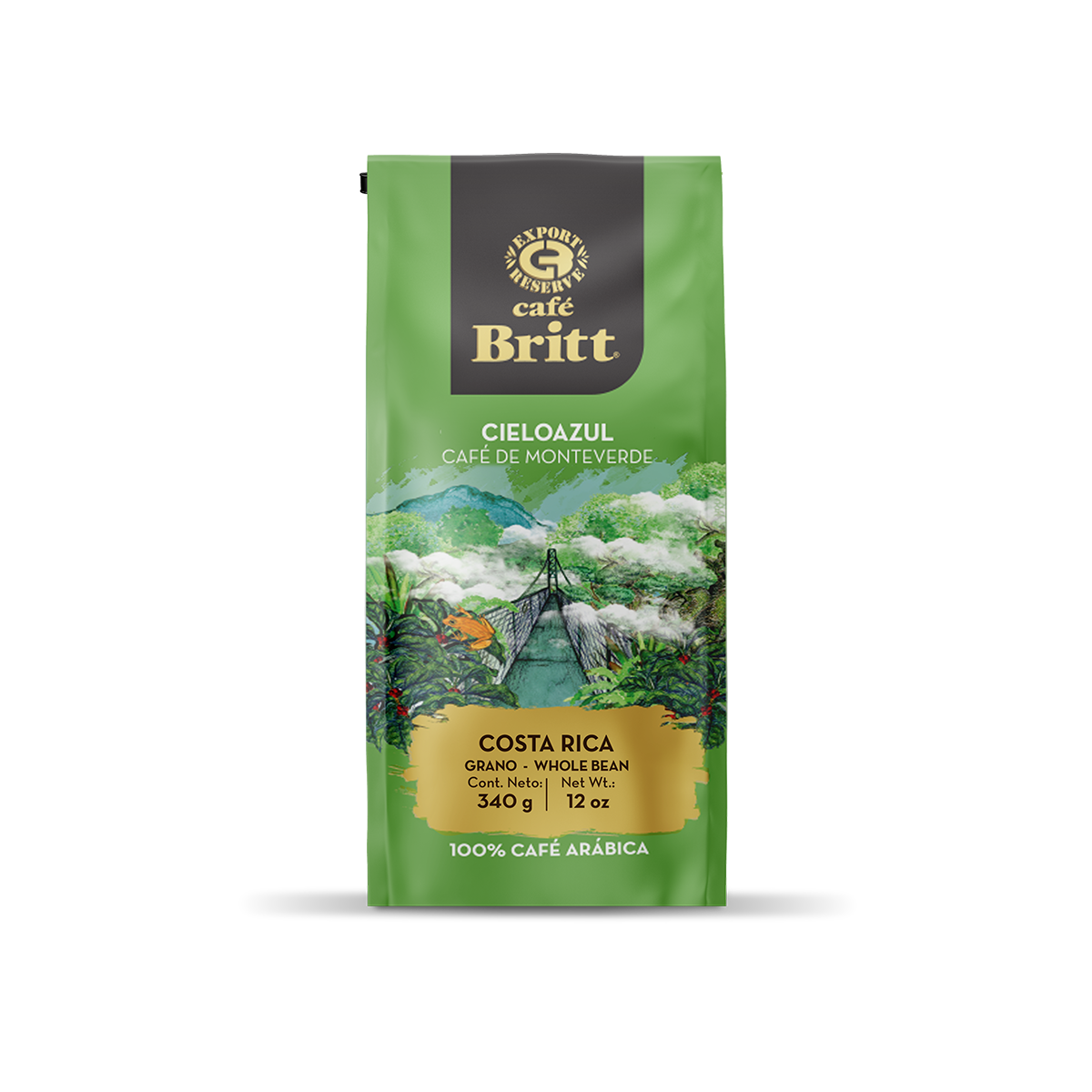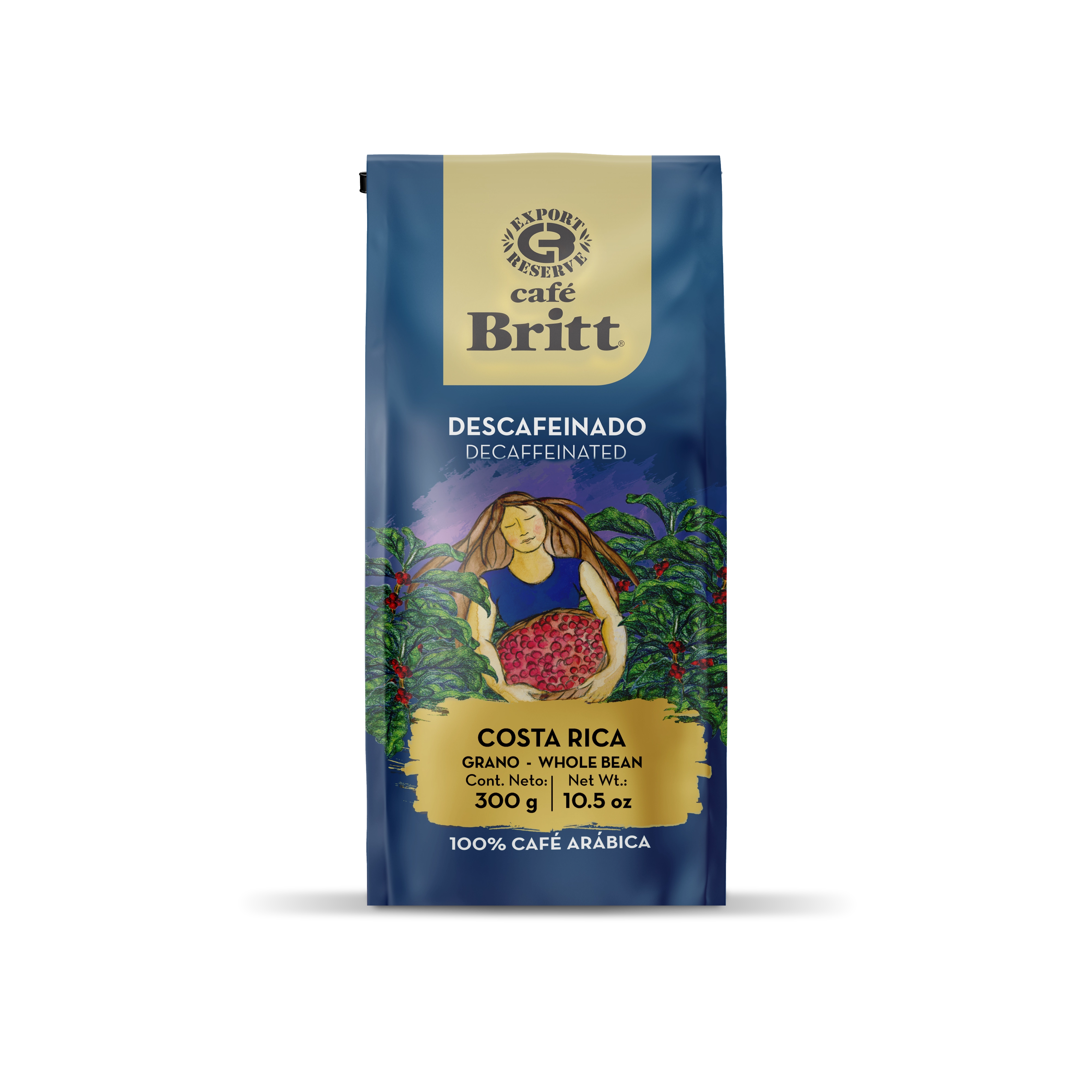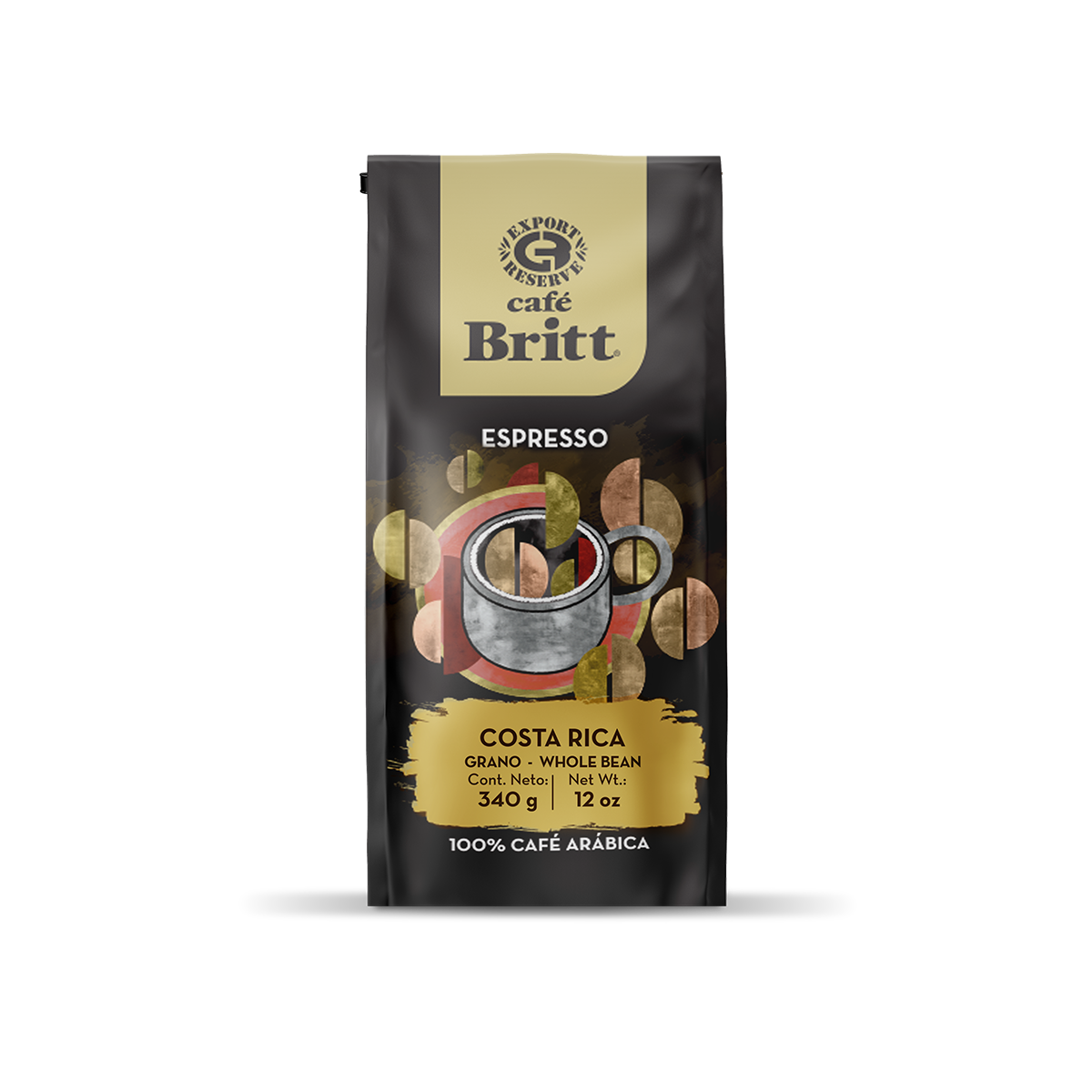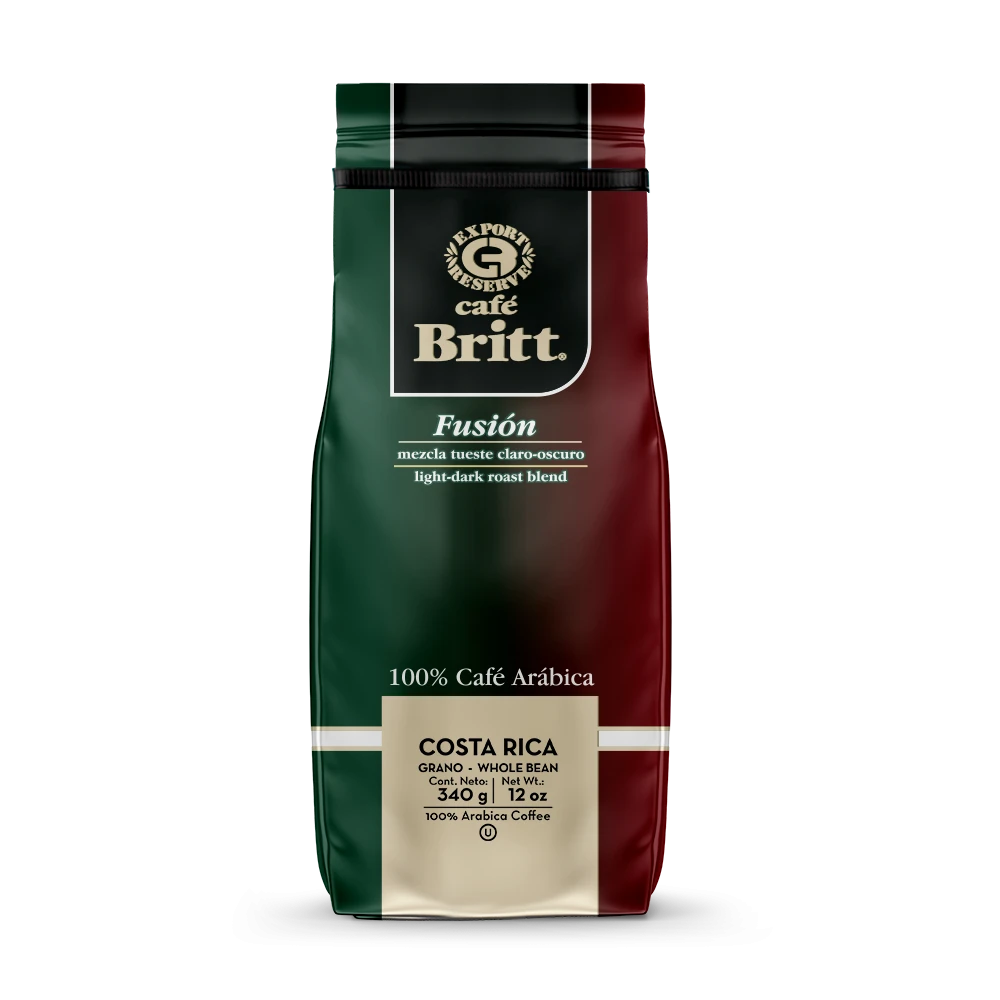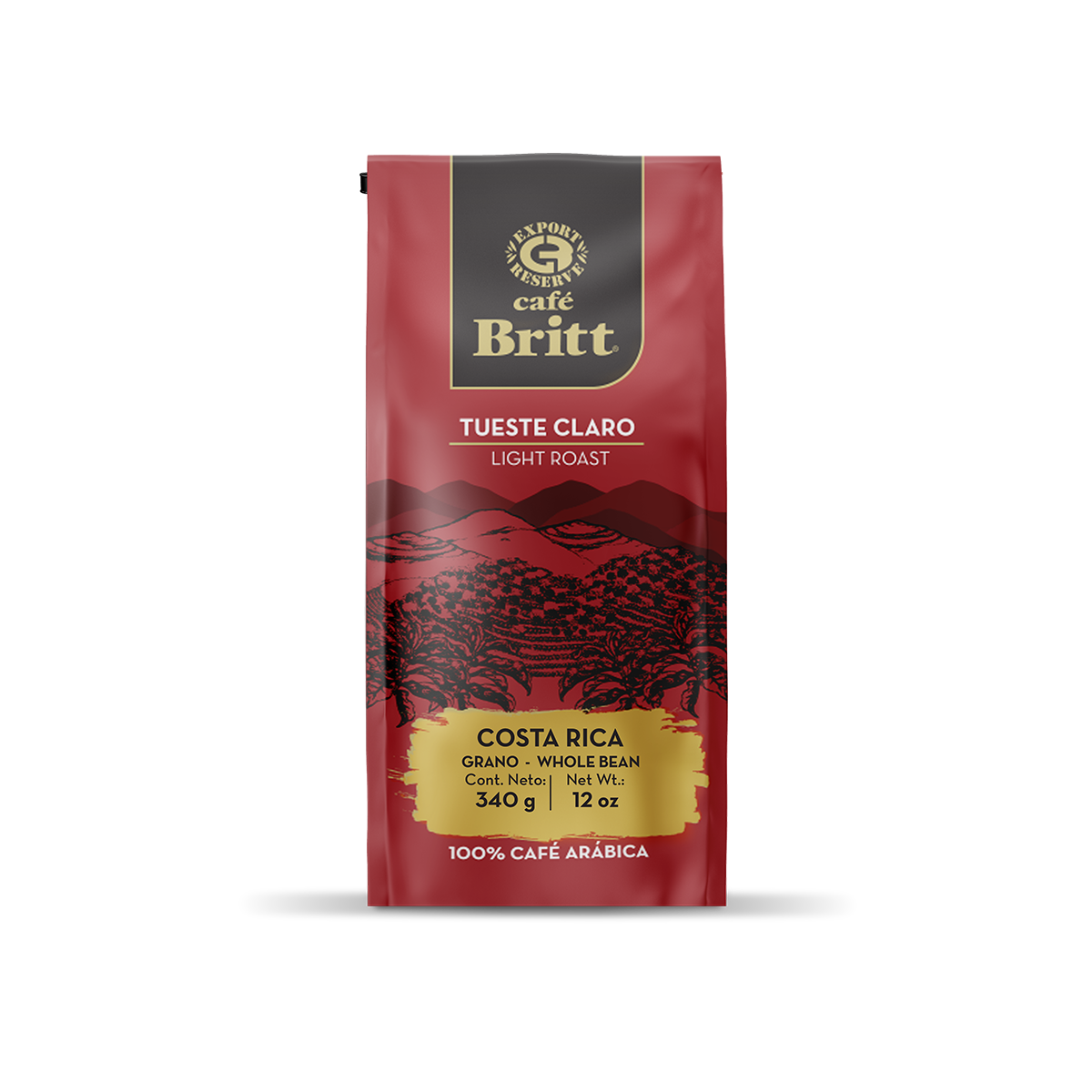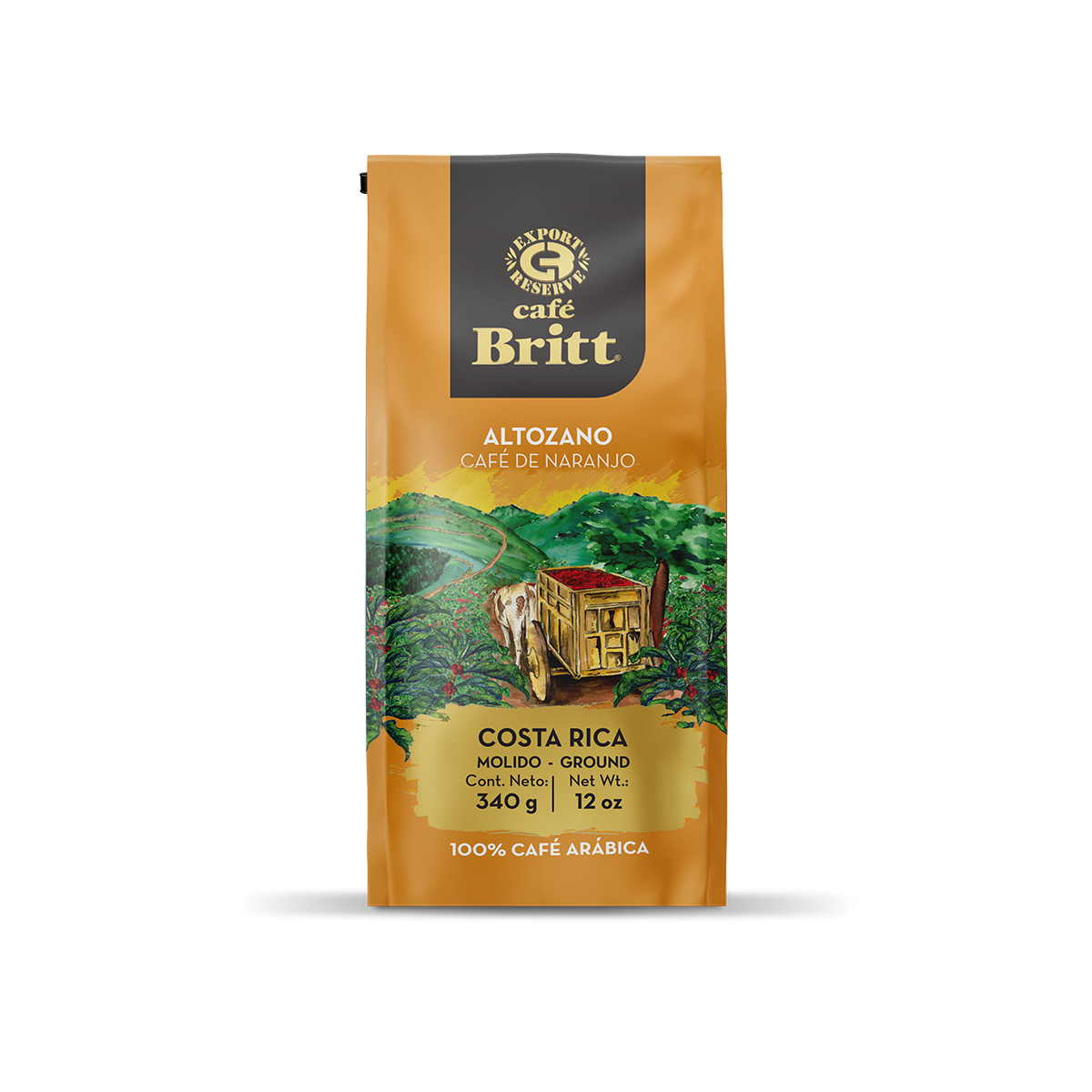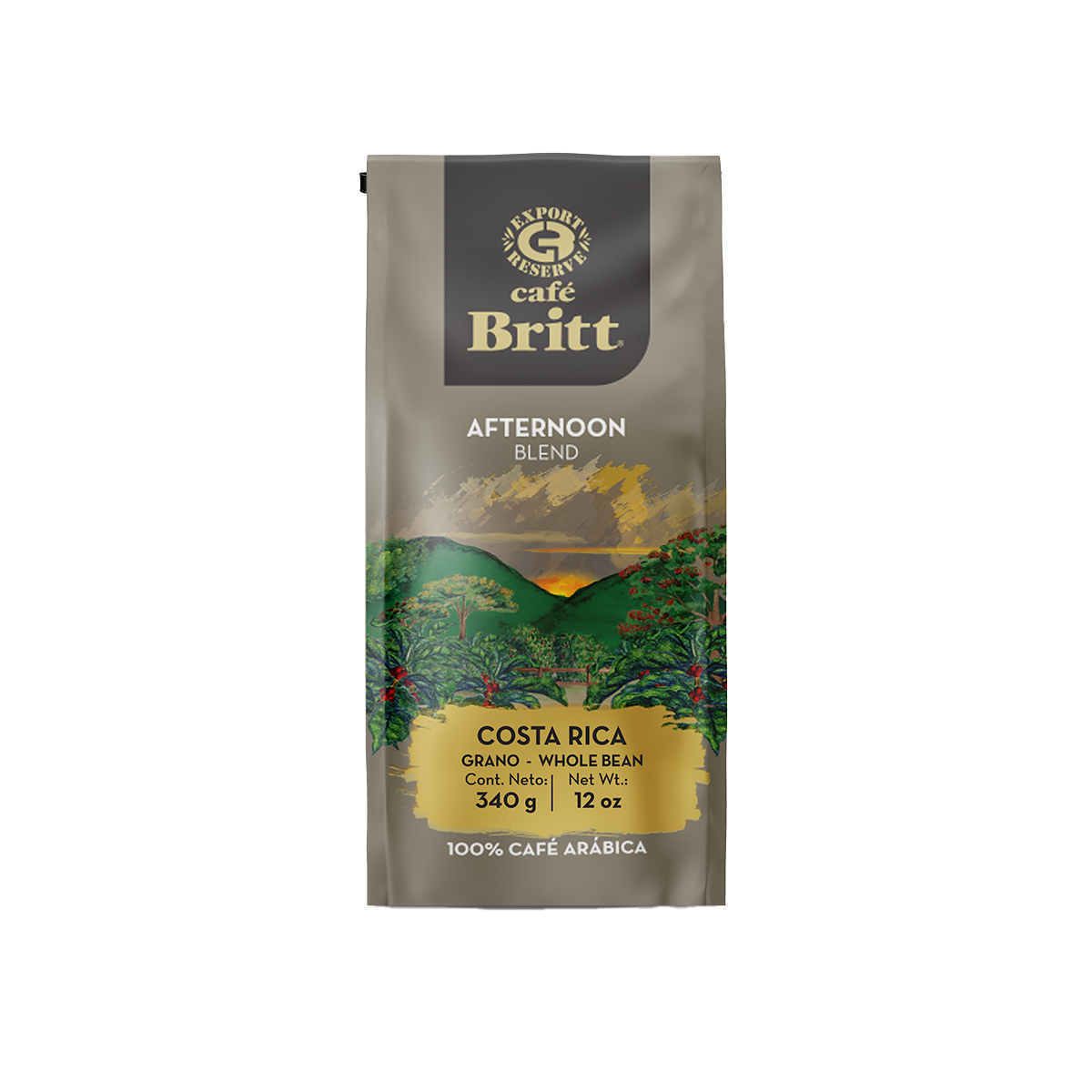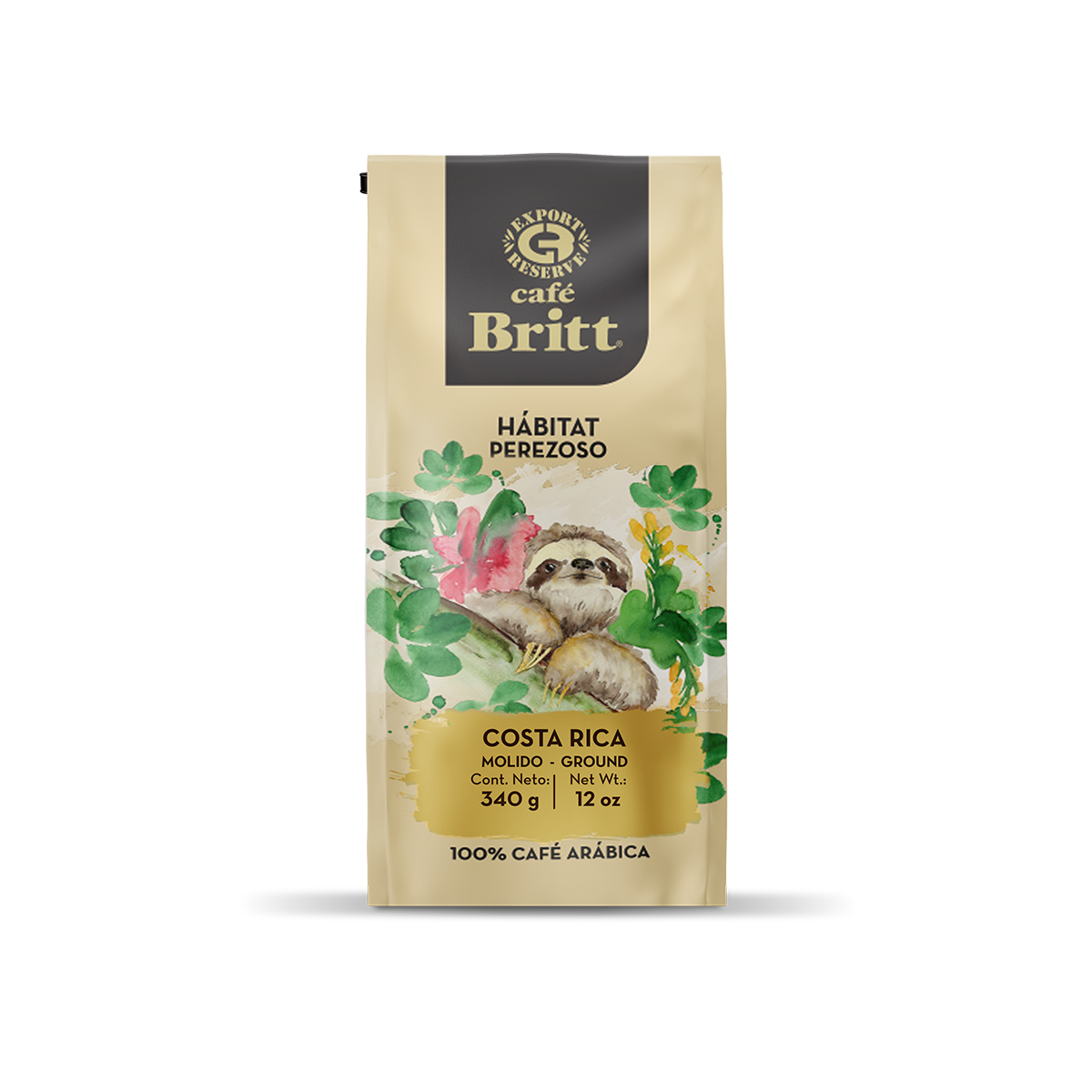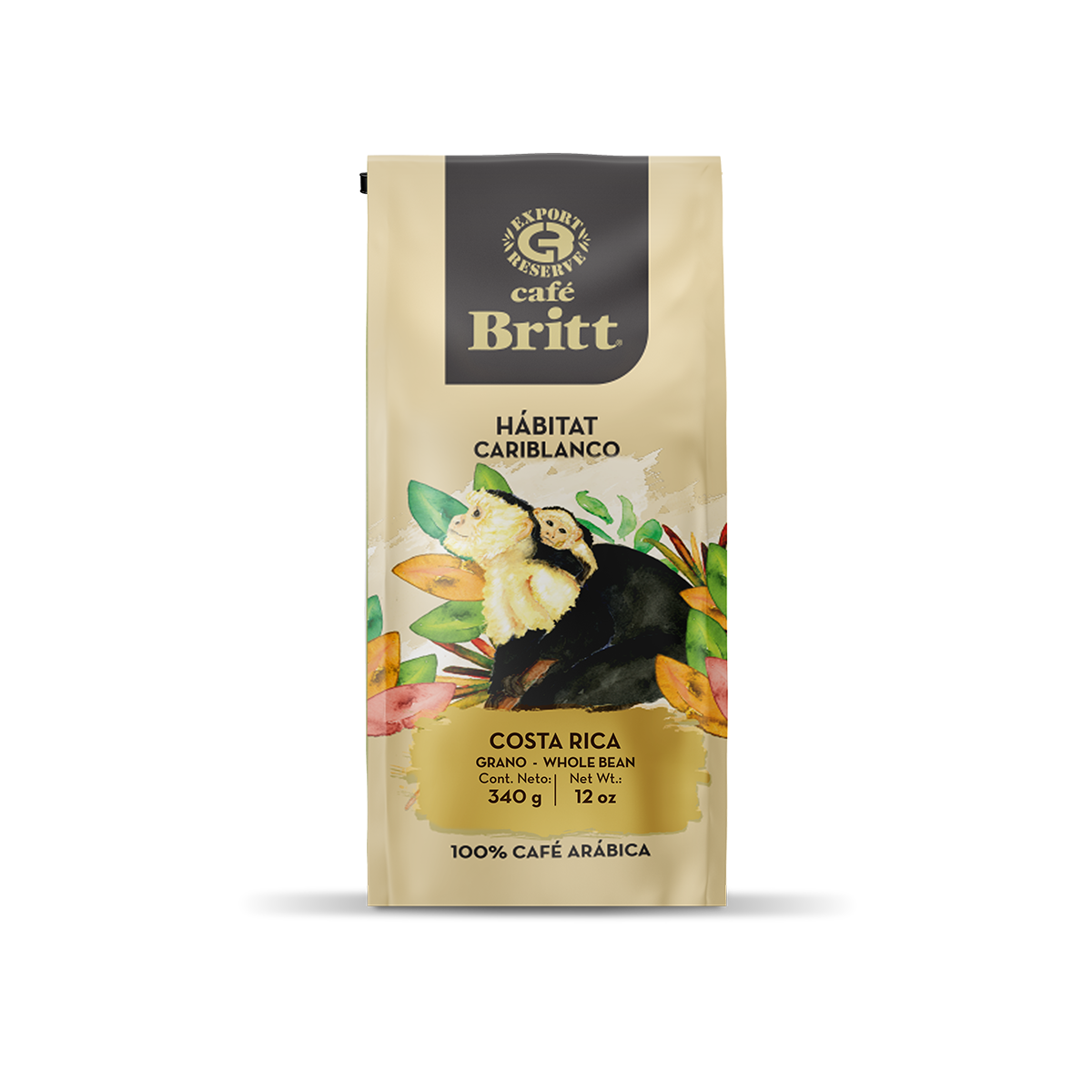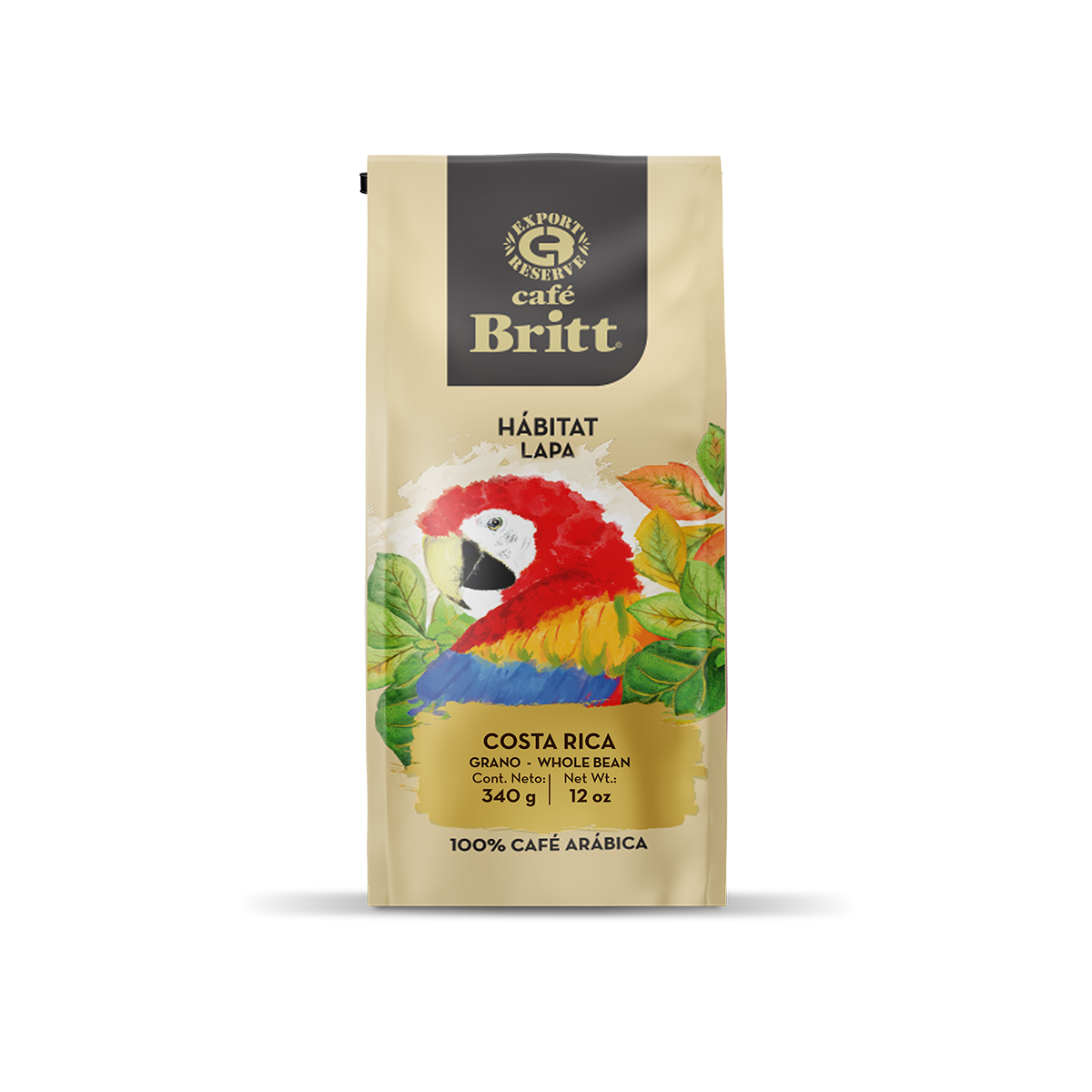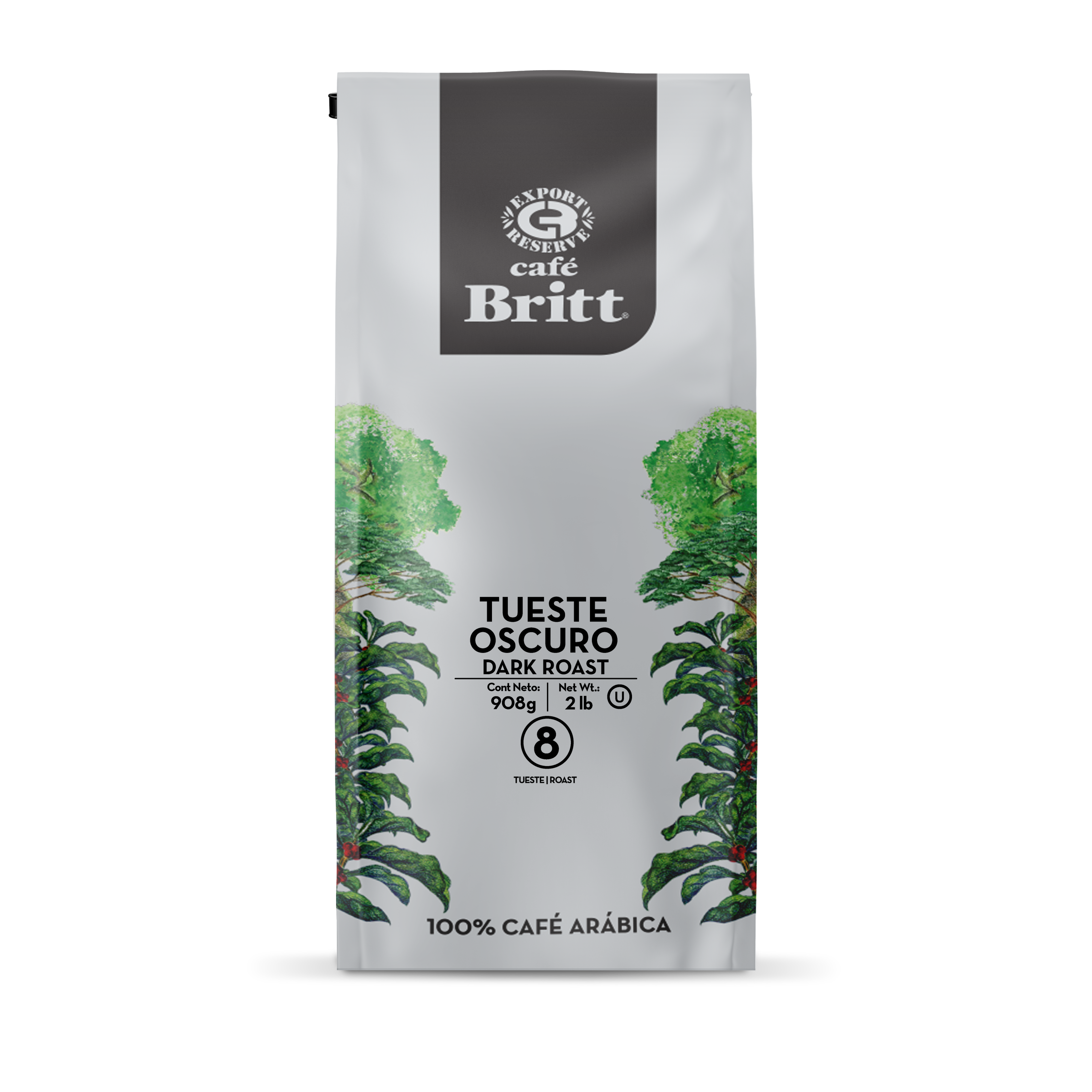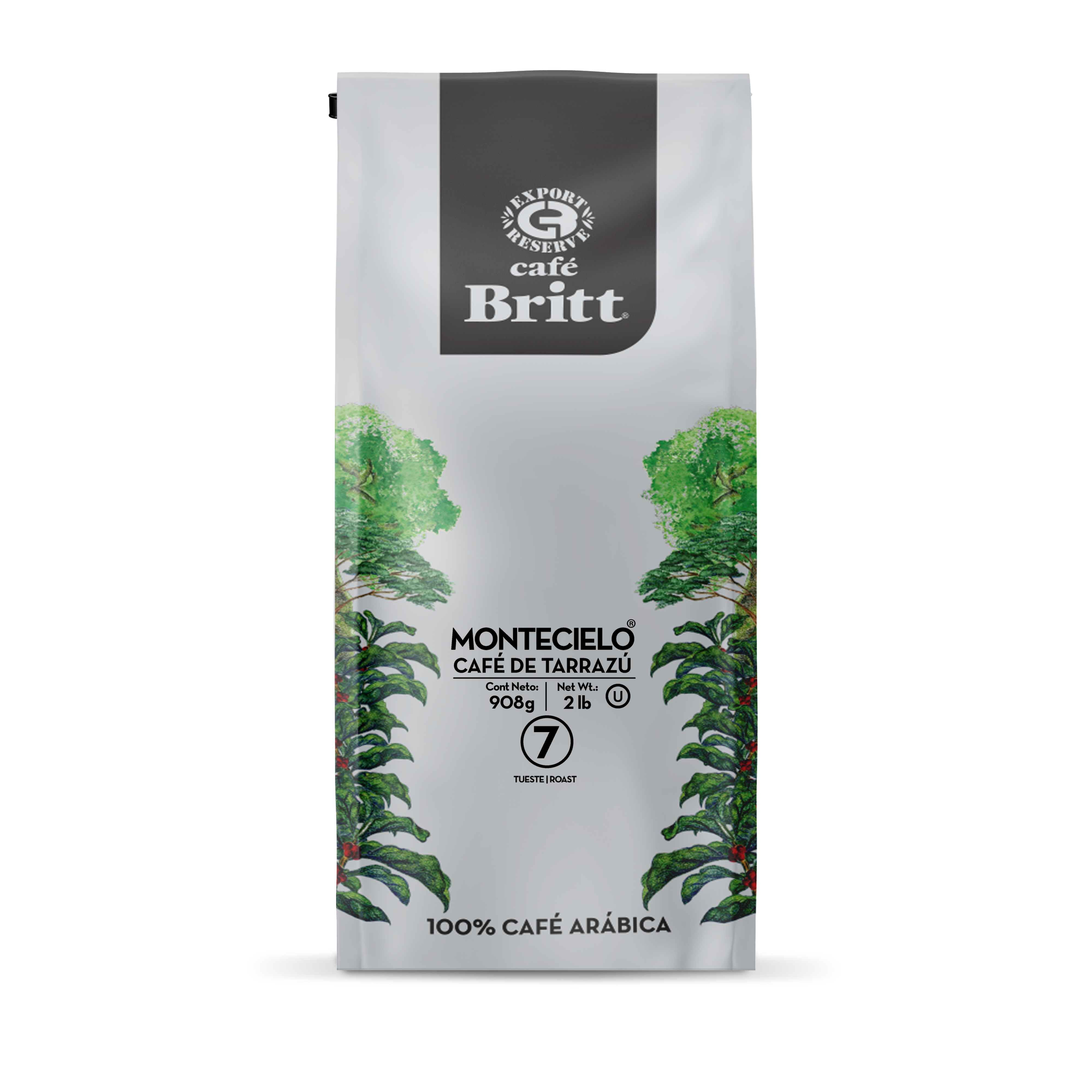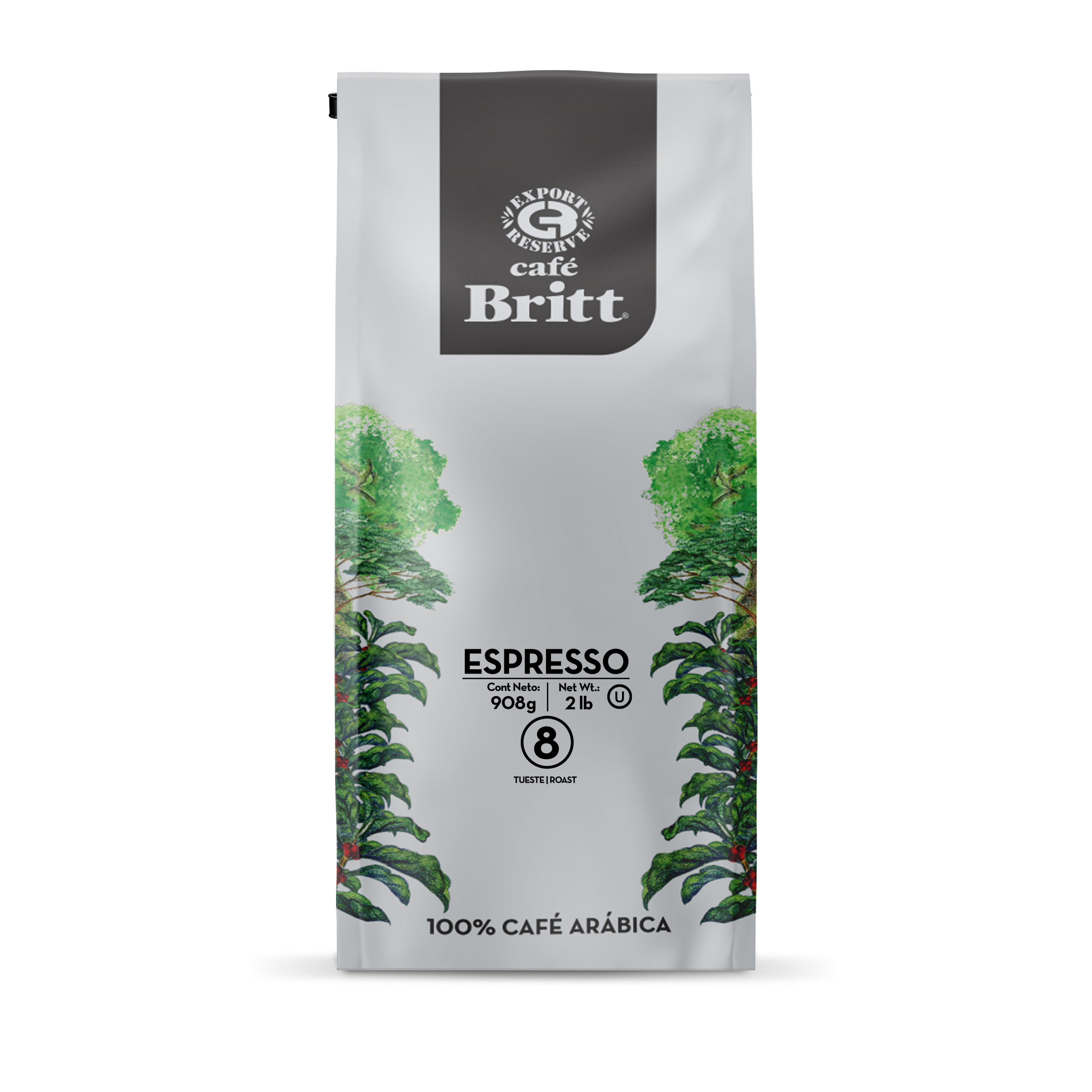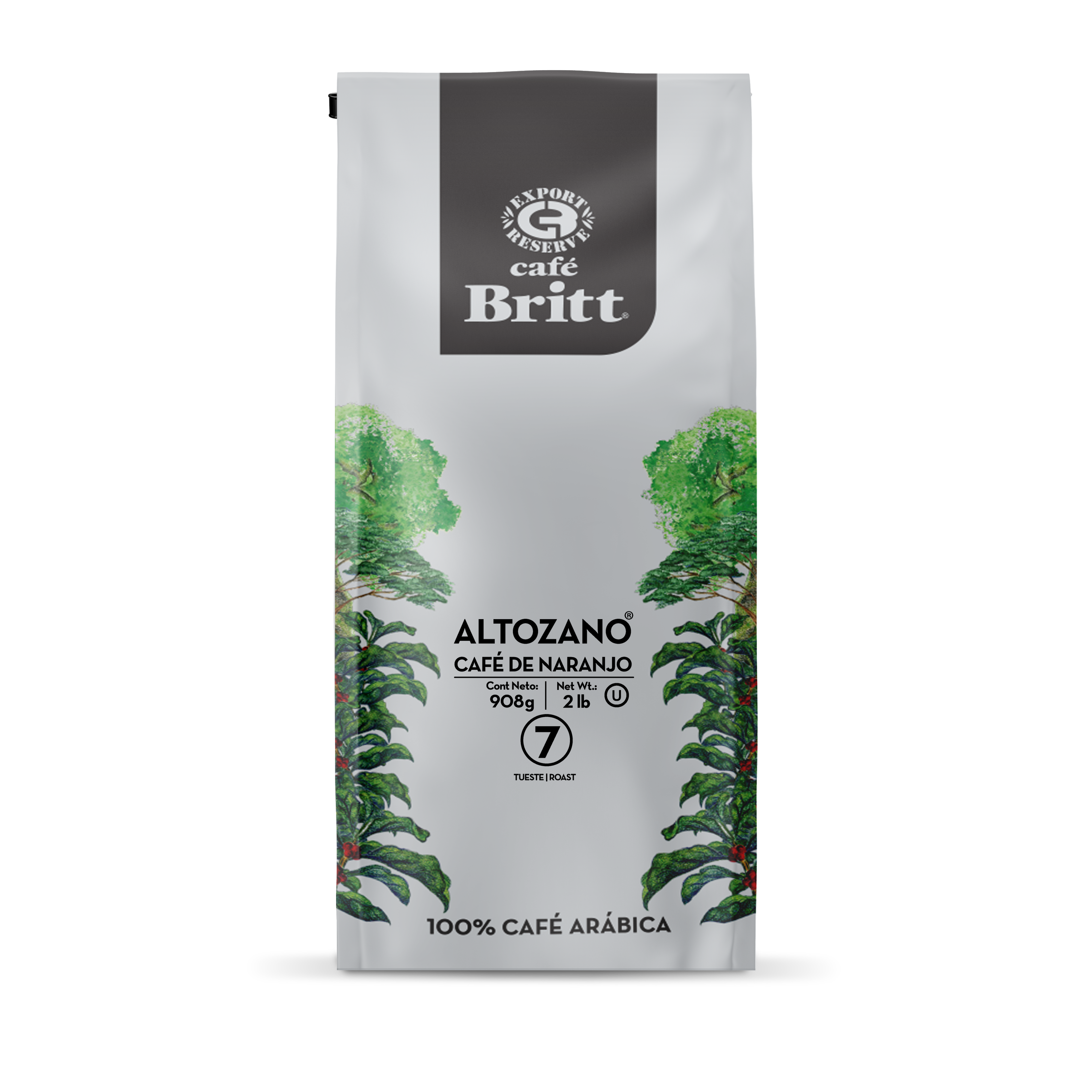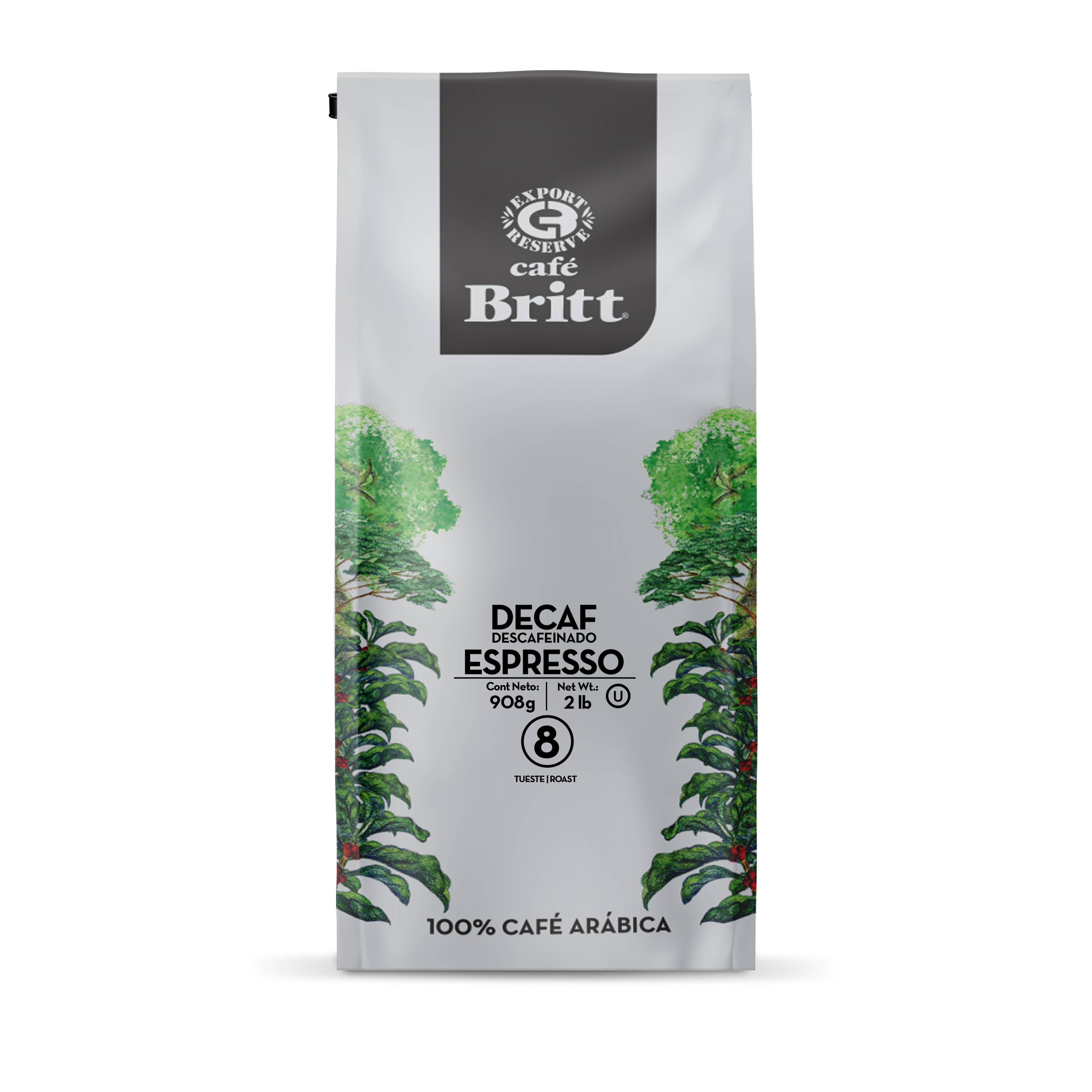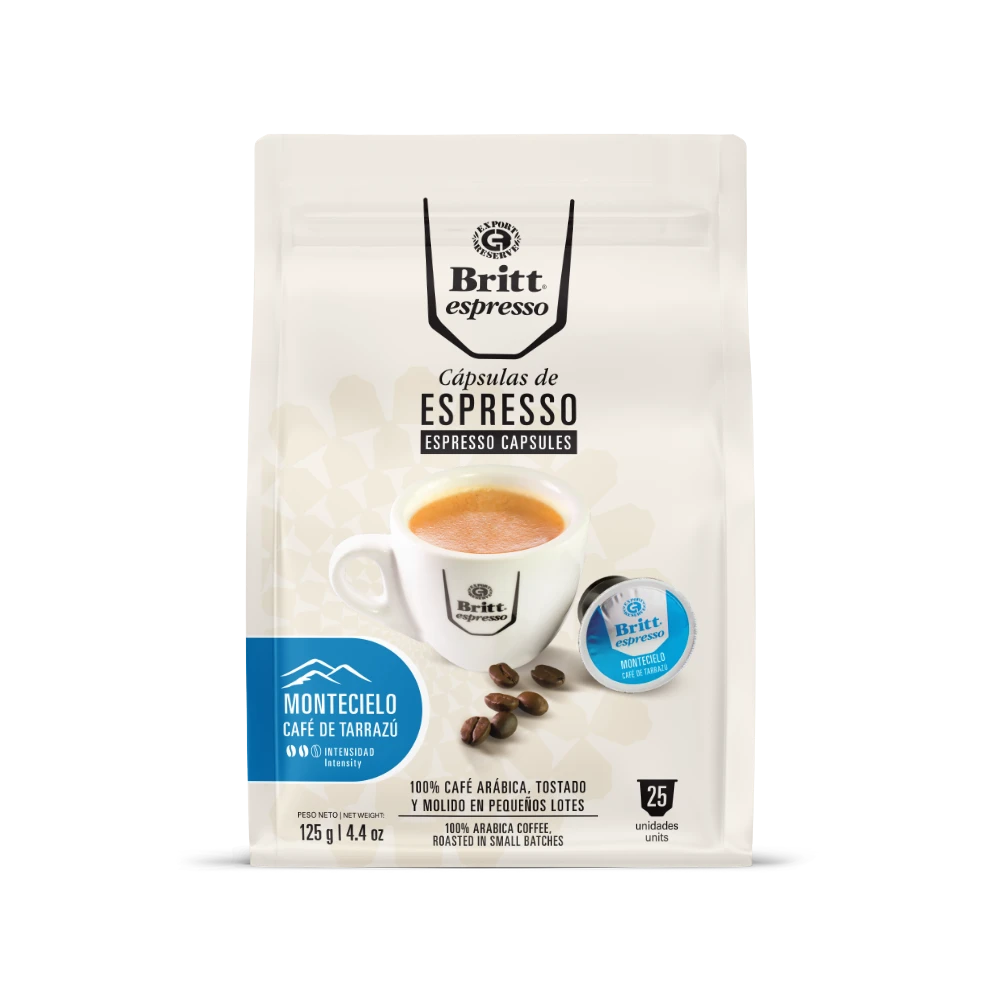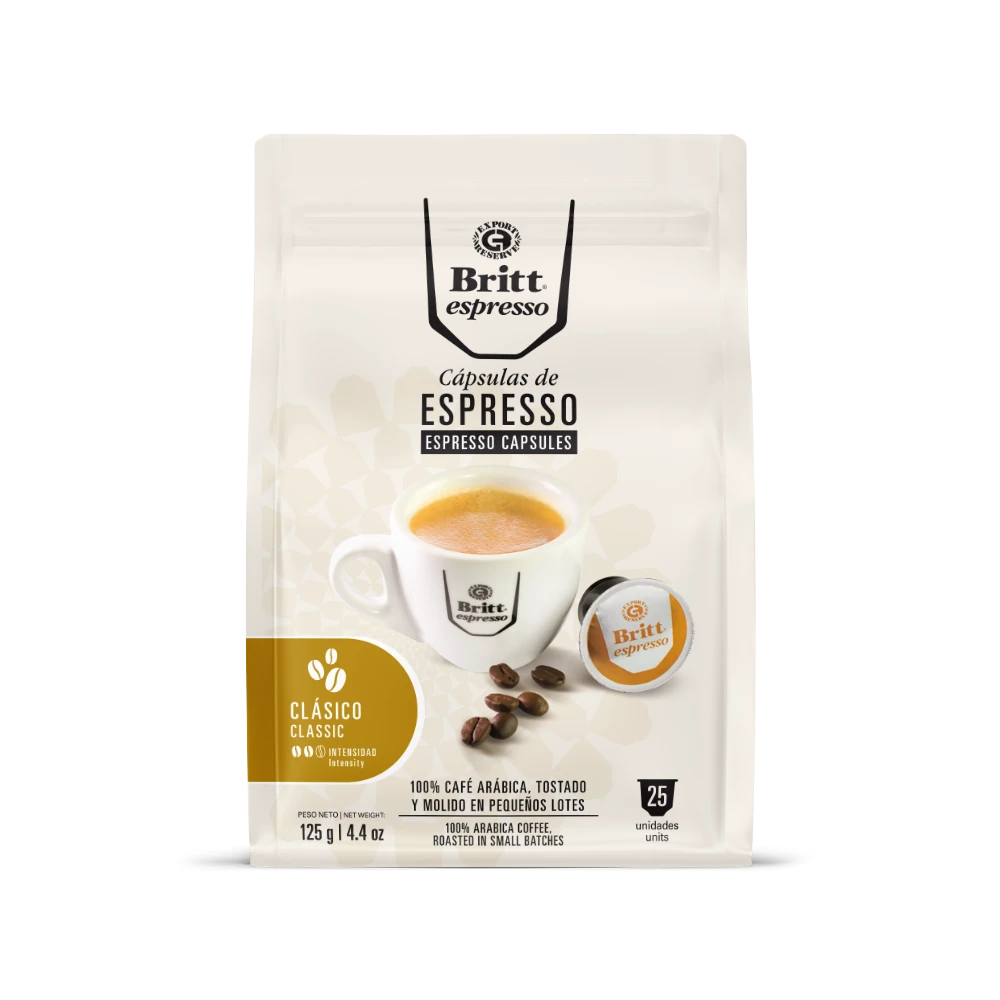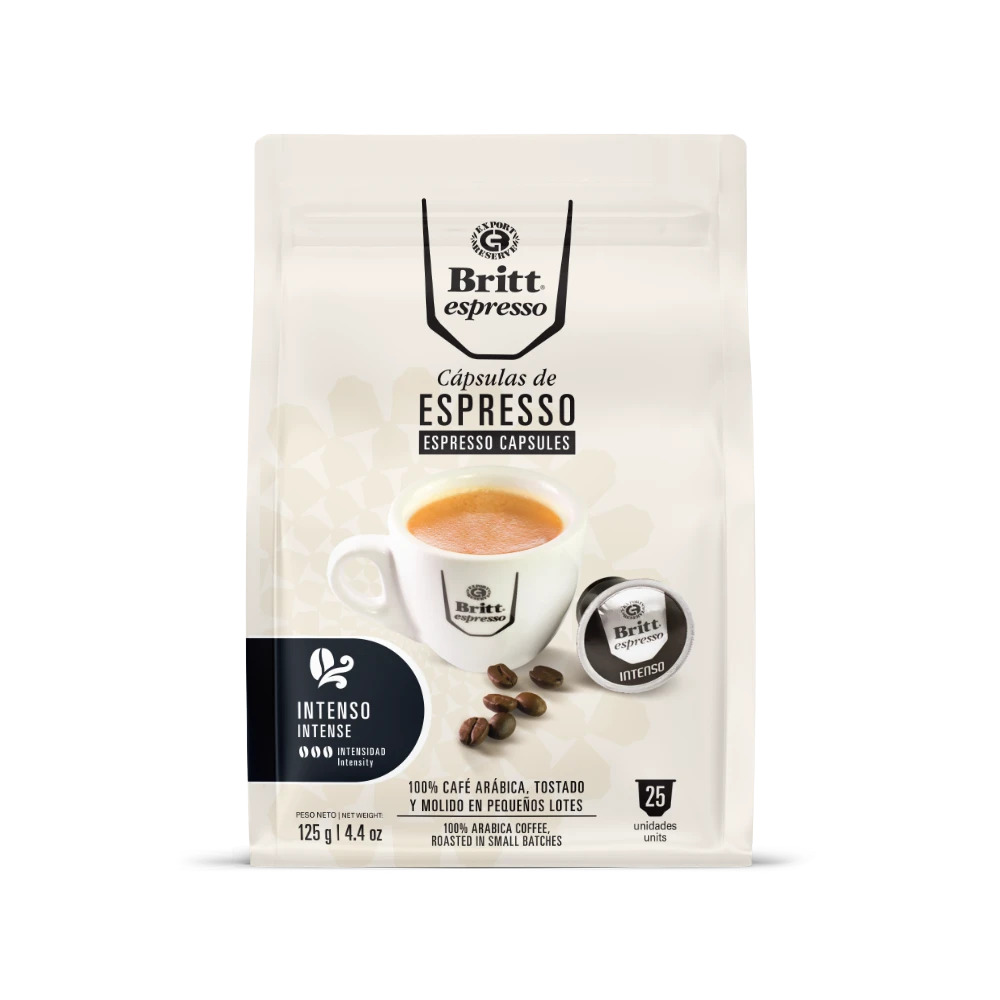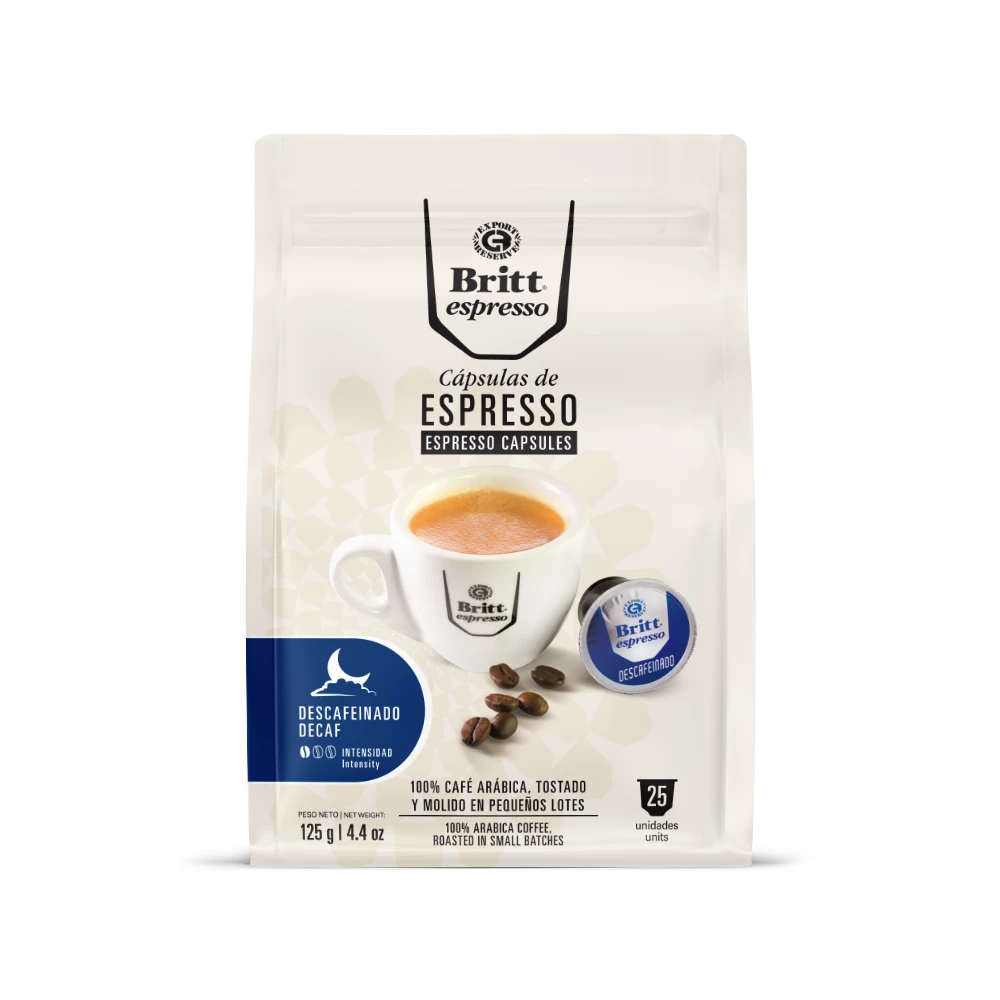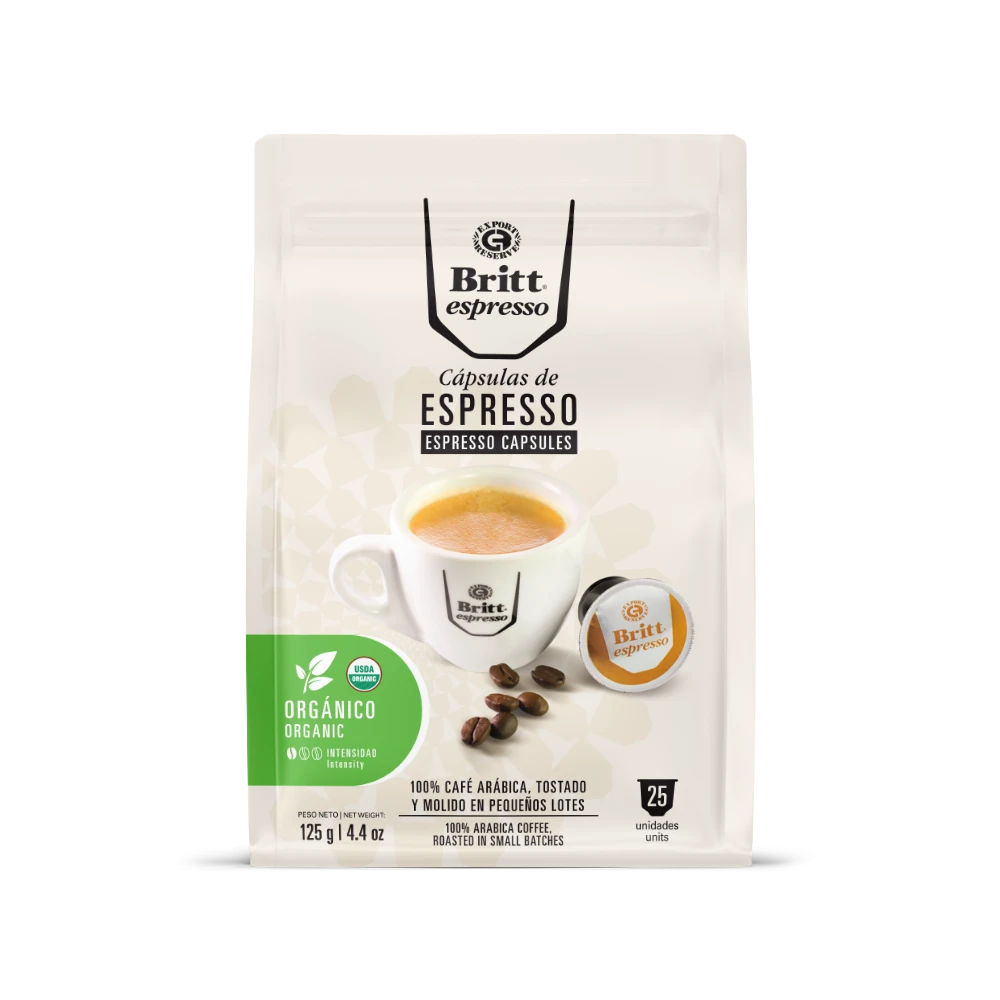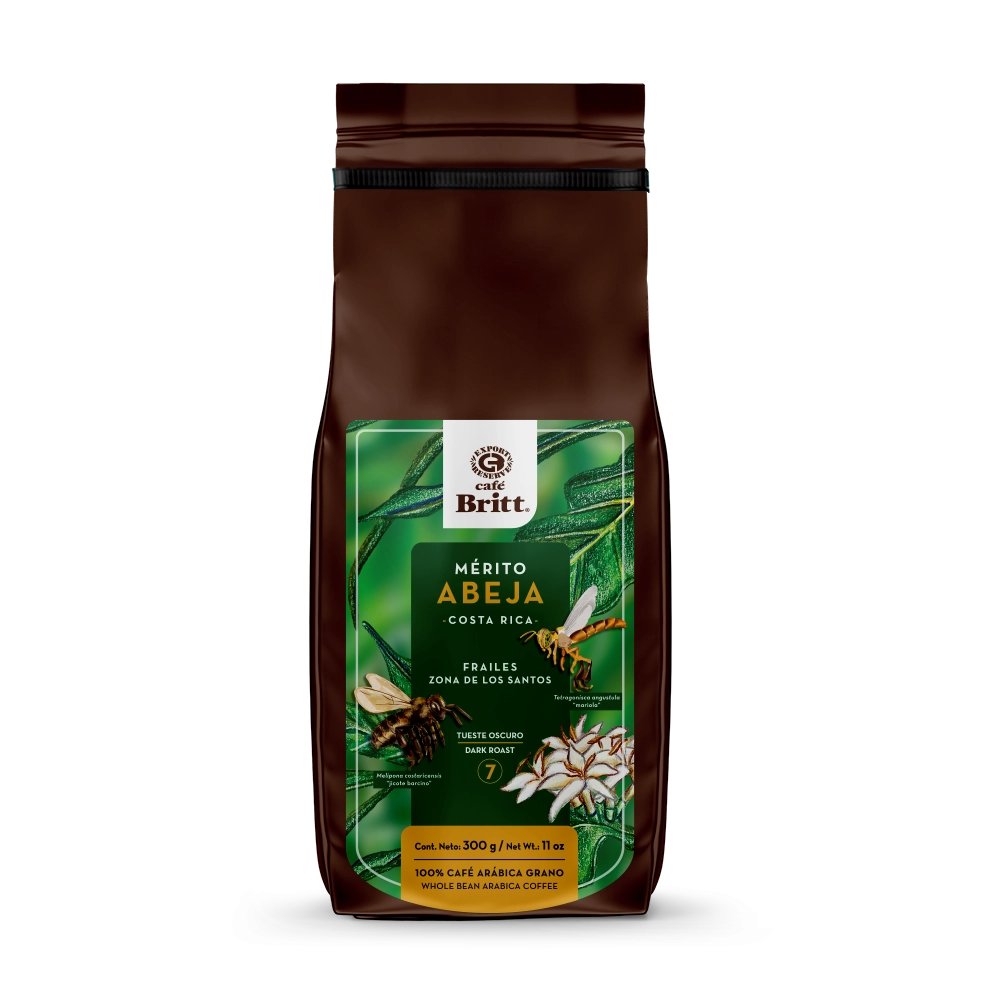CAFÉ BRITT GOURMET COFFEE
With more than 35 years of experience, Café Britt brings you Costa Rica's finest coffee beans, richly flavored by the country's lush environment. Our dedication to origin and roasting ensures unmatched quality.
CURATED AND FRESHLY ROASTED
Freshness, proper roasting is necessary for all high-quality Costa Rica coffee. Our team tests every batch, ensuring that they provide the signature taste and aroma revered by many. We only use beans that have gone through the best processing and are shipped as quickly as possible to ensure they taste perfect.
Your beans come freshly roasted from Costa Rica and travel to the US, where we can deliver them at your most convenient time. We check that your beans have the proper roast, leading you to have the best cup of coffee right away. Each batch comes sealed in heavy-duty bags with valves that preserve the beans.
DIFFERENT VARIETIES AVAILABLE
Environment, soil, and season all have different effects on the taste of the beans. We’ve sourced Costa Rican coffee from some of the most notable places in the country. We also have some beans from areas you may not have heard of before. Here are some of our customers’ favorites:
ORDER FROM CAFÉ BRITT TODAY
Our customers love each brew we bring out because our beans have the taste and quality they’ve come to expect of gourmet coffee. Whether you’re new to these varieties or looking for something fresh, you’ve come to the right place. Order today and enjoy the best Costa Rica coffee from Café Britt.
